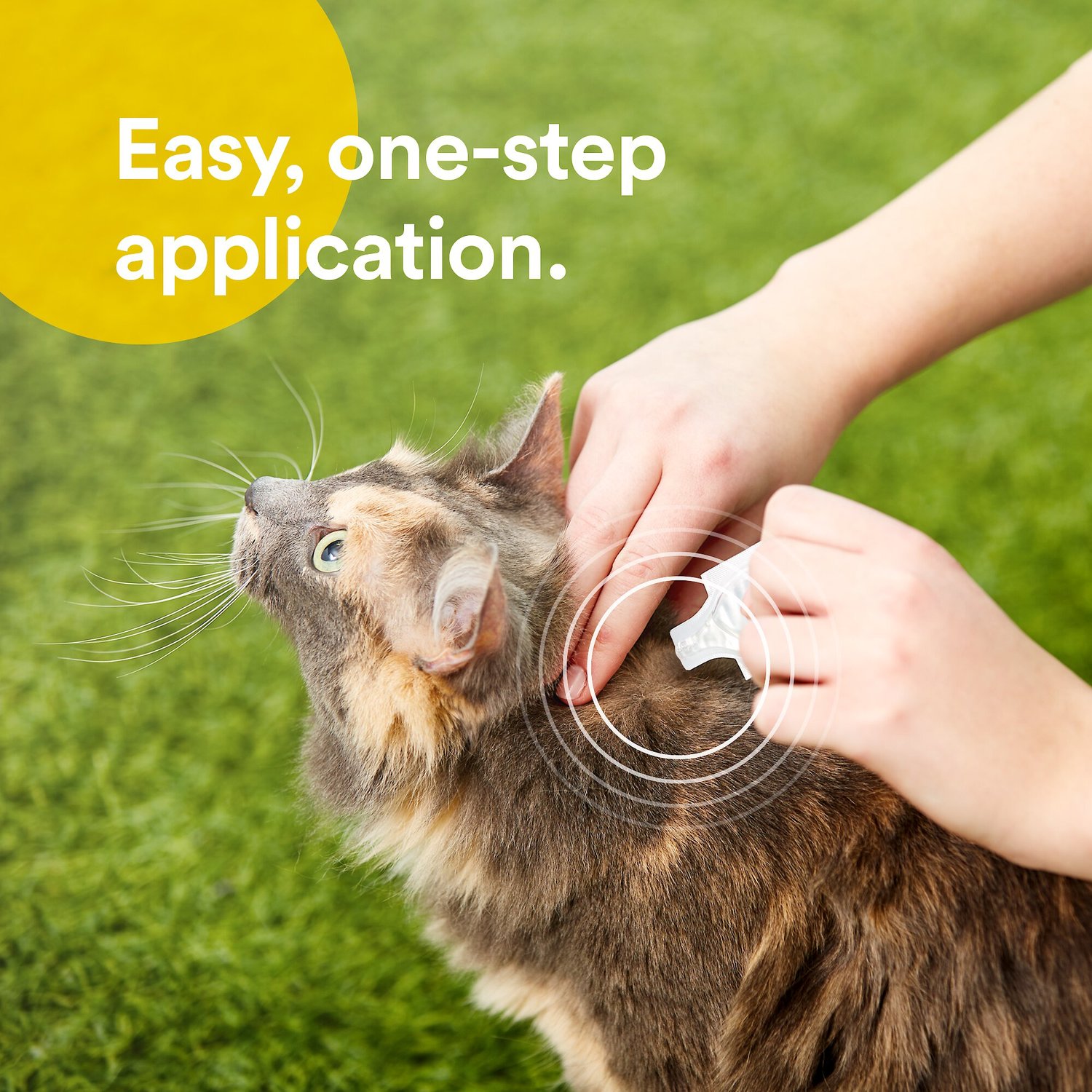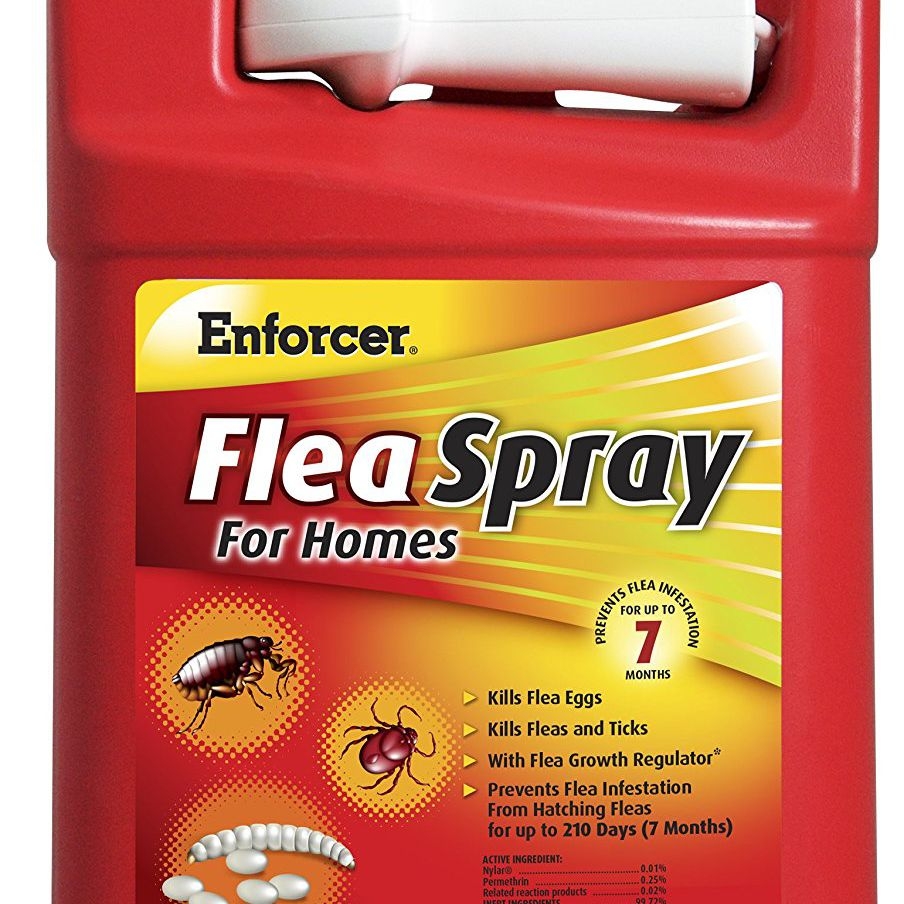Table of Content
Call your vet for advice urgently if your younger kitten has fleas, as blood loss from flea anaemia can be fatal. If your cat has fleas, you should contact your vet to ask about the best flea treatment and how often to give it. The mainstay of flea treatment in cats is topical or oral flea preventatives. Your veterinarian will likely prescribe one of the following flea medications to treat your cat. If your cat has secondary health concerns, your vet may prescribe different or additional medications. The safest flea treatments for cats are those that are formulated for cats, dosed appropriately and recommended by a veterinarian who is familiar with the particulars of your cat’s case.

Additionally, seek waterproof solutions that specify the duration of efficacy and speed of alleviation. Look for natural products if your dog has sensitivities or a health issue, or if you are concerned about exposing your family to chemicals. Though significantly less effective, you will achieve a sense of tranquility. ✅LONG TERM PROTECTION - 3 MONTHS SUPPLY - Protect your pet with the super effective flea meds up to 3 months without chemistry - only natural product. PLANT-BASED ALTERNATIVE - Battles fleas and ticks without harsh chemicals, but instead uses plant-based ingredients, such as peppermint oil and eugenol .
What to Look For in a Flea Treatment for a Cat
Olive oil is completely non-toxic to cats so even if they look to lick it off, you can apply it on its own without a problem. Simply rub the oil into the fur, leave it in for a few hours and then rinse or comb it out. Around the home too, vinegar can be an effective cleaning method to stop fleas in their tracks; soak clothing or bedding in it to kill any flea eggs. A flea infestation can escalate quickly, forcing your cat into a scratching frenzy!

If your kitten is old enough to use an insecticide treatment, it’s best to opt for an oral medication, as they’re usually safer than topicals. Sentry Fibroguard is approved for kittens as young as 4 weeks, provided that they weigh over 2 lbs. In addition to the active ingredients, this recipe contains soothing aloe, lanolin, coconut extract, and oatmeal. Be sure to follow the instructions and rinse the product off completely to prevent any ingestion when your cat grooms after the bath. Also remember that humans and other animals who come into contact with your cat will also touch the flea treatment.
Home Remedies For Fleas For Kittens
Other flea treatments target all life stages of the flea and are more effective at quickly dealing with an infestation. Our recommendation as the best flea treatment for kittens for the money is the PetArmor Flea & Tick Squeeze-On Treatment. Suitable for kittens over 8 weeks of age and 1.5 pounds in weight, this treatment is easy to use and gets to work killing those fleas straight away.
Fleas can be a real pain, and they can multiply and spread through your home quite quickly. However, many conventional methods contain dangerous chemicals that can harm your cat as well as other animals in your home. If you are looking for alternatives to chemical repellants, keep reading while we list several different DIY methods that you can use instead. For each method, we’ll include a short description so you can see if it’s right for you. A flea collar with flumethrin and imidacloprid can also work well. Whilst not as serious, fleas also interfere with your quality of life.
Catnip
Cats are notorious for their love of heat and will feel more comfortable if the water is lukewarm. Also, try not to overfill – a few inches of water are just enough. Try to complete the bath within 2 minutes to prevent your kitten from getting chilled or panicked during the bath. Lately I looked at his face and I could see the fleas crawling around his head.
The cocoons can sense carbon dioxide exhales, vibrations, as well as warm temperatures. These are all signs that a host is nearby and the combination of the three will trigger the hatching of adult fleas. The most common side effects seen with oral flea preventatives are gastrointestinal issues like vomiting and diarrhea.
Like pyriproxyfen, this chemical mimics natural hormones, preventing the fleas from ever growing up and making eggs of their own. This chemical mimics natural hormones and stops fleas from reaching adulthood, preventing reproduction. This chemical requires daily administration to have a continuous effect. Nitenpyram is generally considered safe for use in kittens aged 4 weeks and over, provided that they weigh over 2 lbs. Pyrethrins are commonly lumped together with their synthetic counterparts, permethrins. To clear up some of the pyrethrin confusion, read this highly-informative piece on the safety of pyrethrins for cats.

Grow it in your backyard for a handy supply, while repelling fleas at the same time. Oregano oil can be used to deter fleas, but it's best to heavily dilute it. While it contains a natural ingredient called carvacrol which helps repel fleas, it also features phenols which can be bad for cats. You can even get a bit fancier and combine a few oils to create an essential oil collar. Why not pair 1 drop of cedar oil, with a drop of lavender, thyme or citronella essential oil? A teaspoon of alcohol such as vodka and vegetable oil can also act as supporting ingredients.
Because flea treatment is often considered a preventative condition, most companies that offer pet insurance for cats won’t cover it under their basic accident and illness plans. Some insurers, however, have pet wellness plans that cover all or part of the expense of flea treatment. Kitten flea treatment products cost about $50 for a 3-month supply on average.

Products specifically designed for dogs are sometimes dangerous to use in cats but even some products labeled or marketed for cats can be harmful. CAPSTAR tablets start killing fleas in 30 minutes and achieve greater than 90 percent effectiveness within six hours. Instead, CAPSTAR will work for any cat or kitten more than two pounds and over four weeks old. Believe it or not, even the most gentle formulations of dish soap have proven to be very effective at exterminating fleas. The dish soap breaks down the flea’s exoskeleton and kills them within minutes, even after it’s been diluted in water. Simply wet your cat’s coat—a spray bottle will do the trick— and gently lather the dish soap into his or her fur before rinsing.

No comments:
Post a Comment